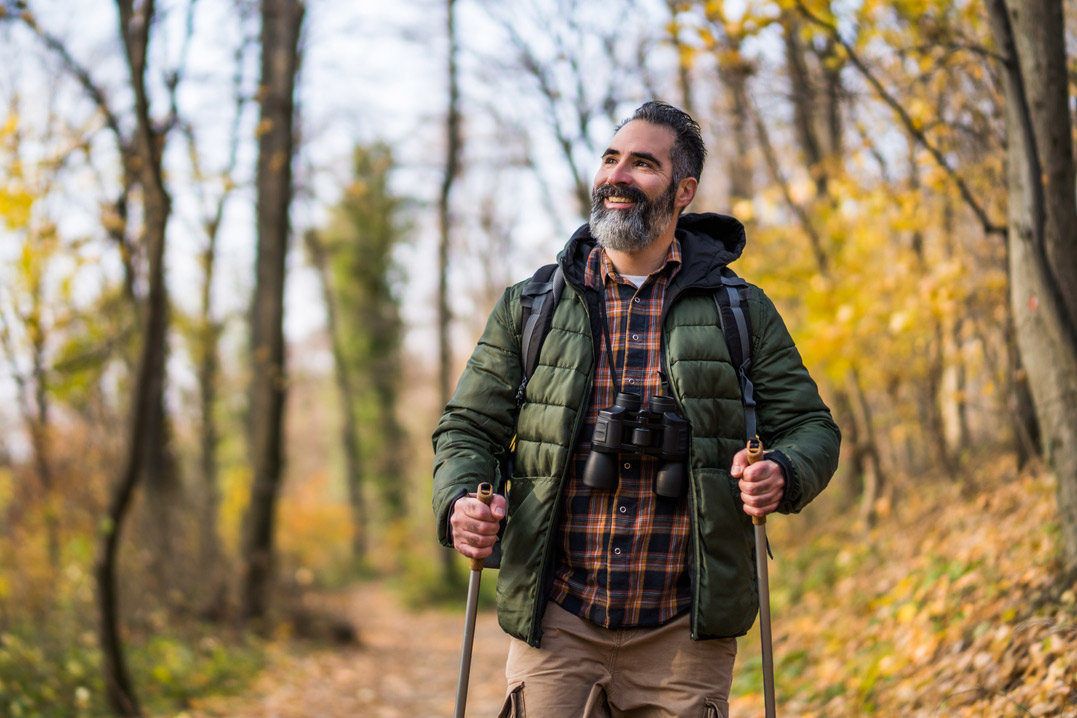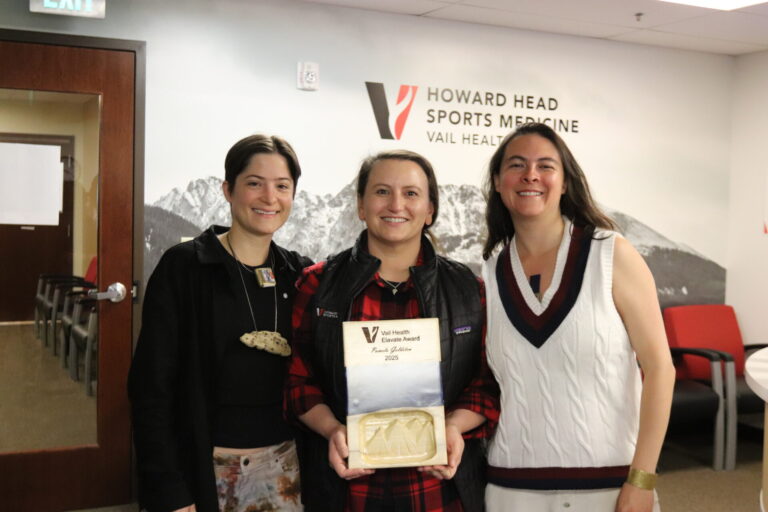Raising Awareness: Bone and Joint Health

October 12 through 20, 2022, is National Bone and Joint Action Week , focused on raising awareness about bone and joint conditions and how to prevent, manage, and treat them. Although many people associate bone and joint health with an older population, it’s vital in all stages of life. For example, more than half (54%) of U.S. adults over 18 are affected by musculoskeletal conditions like arthritis, back pain, hip pain, or osteoporosis.
Bone and Joint Action Week is excellent for raising bone and joint health awareness. Getting up daily and moving is easy for most people, and many activities are good for bone and joint health. For example, if you have access to a swimming pool, try swimming or water aerobics twice a week as an exercise option. Other options include walking, dancing, or jogging in the park.
If something feels uncomfortable when you’re moving around, stop doing it straight away — “no pain, no gain” isn’t true regarding bone health!
Maintaining a healthy weight, proper diet, and an active lifestyle are the foundations for fighting bone and joint conditions. In addition, studies suggest that a diet consisting of 80% whole foods and a lifestyle encouraging sleep and movement will help you move better and feel better as you age. Continue reading for more information about Bone and Joint Action Week and simple tips to help prevent, manage, and treat the most common musculoskeletal conditions.
Bone and Joint Action week addresses multiple musculoskeletal conditions with the following specifically focused days.
World Arthritis Day – October 12
Arthritis is characterized by pain, swelling, and stiffness in or around the joints. Extended periods of inactivity can worsen symptoms, and sufferers often wake up with stiff joints that can remain sore for several hours. The good news is arthritis is manageable and can be improved with the right exercises.
The following exercises are excellent for managing and treating symptoms of arthritis but can also be used to prevent it: Walking, pool walking, or time spent on an elliptical are great, low-impact ways to improve joint health, heart health, and mood. In addition, stretching like yoga or tai chi, water exercise, and Pilates enhances flexibility, balance, and range of motion.
World Spine Day – October 16
Pain, tightness, and a reduced range of motion are all signs that your back needs attention, and #WorldSpineDay is about recognizing when you need to take your back in for a tune-up. Strength training is one of the smartest ways to help musculoskeletal issues related to the spine.
The spine needs support, so mobility exercises for the spine, hips, and core are a great place to start. In addition, practicing good posture and stretching are some of the quickest ways to relieve back pain and work to prevent continued or relapse pain.
Exercises and stretches like kneeling lunges, internal and external hip rotations and the frog stretch or prayer squats are great at improving hip mobility and activating your hip flexors. In addition, wall rotations, kneeling rotations, side-lying rotations, and foam roller extensions (a rolled towel will work) help strengthen the spine’s muscles and improve their flexibility.
World Pediatric Bone and Joint (PB&J) Day – October 19
Young people are also susceptible to bone and joint conditions, and #WorldPBJDay reminds us that young people need the proper care to prevent life-long injuries.
Adding variety to children’s activities helps keep kids from overusing some parts of their bodies and underusing others. In addition to reducing the chance of injury and unbalanced development, it will also help to keep the child’s interest in activity high into adulthood.
World Osteoporosis Day – October 20
Osteoporosis is hard to detect early. Usually, back, hip, neck, and wrist pain are signs of osteoporosis, but most osteoporosis cases are discovered after a bone fracture. Remember to add enough calcium and vitamin D to your diet to ensure your bones have the resources to stay strong.
Decreased balance and strength are primary concerns for patients diagnosed with osteoporosis. While it may seem counterintuitive, exercise is the best way to fight osteoporosis and improve balance and strength.
Weight-bearing, muscle strengthening, balance, and flexibility exercises are all crucial to encouraging bone health and density. Activities that make your body work against gravity, like climbing stairs, tennis, and dancing, are effective in strengthening your bones. Strength training exercises can include using free weights, weight machines, and resistance bands.
Yoga and tai chi are also on the list of recommended exercises. These exercises are low-impact and help improve balance and flexibility. If weight bearing is difficult, these exercises can be done in a pool to make things easier.
Conditions That Affect Bones and Joints
- Osteoarthritis is the most common form of joint disease for adults, caused by cartilage breakdown in the joints. It can result in pain, stiffness, and loss of mobility.
- Osteoporosis is a disease that causes bones to gradually become thinner and weaker, increasing the risk of fractures.
- Fibromyalgia is a disorder characterized by widespread muscle pain and fatigue, but it also affects other systems, such as the nervous system and gastrointestinal tract.
- Rheumatoid arthritis (RA) occurs when an overactive immune system attacks healthy tissue around your joints, causing inflammation that can affect multiple parts of your body, including muscles, tendons, and ligaments, as well as bone structure, over time if left untreated.
However, available treatments can help manage symptoms, such as pain management classes with physical therapists specializing in these areas. Don’t hesitate if you suspect any symptoms early on because they’ll need treatment immediately before progressing into something even worse, like osteoporosis, later!
Protect Your Bones and Joints
It’s essential to take care of your bones and joints. You can do this by:
- Exercising
Exercise can help you maintain good bone health by strengthening muscles that support the bones. Choosing exercises that don’t stress the joints, such as swimming or using an elliptical machine instead of running outdoors, is also essential.
- Eating a Healthy Diet
Certain foods like spinach and broccoli contain calcium, but they also contain oxalic acid that binds with calcium in the gut and prevents it from being absorbed into the body. Foods high in vitamin D are also beneficial for healthy bones because vitamin D helps our bodies absorb calcium more effectively from food sources like milk products or fortified juices (like orange juice).
- Avoiding Smoking and Excess Alcohol Consumption
You can reduce the risk of osteoporosis later in life by avoiding tobacco and excessive alcohol consumption, which increase homocysteine levels — an amino acid linked with blood vessel damage. Increased levels of homocysteine elevate the risk of developing osteoporosis over time.
Take Care Of Your Bones and Joints
If you’re concerned about your bone and joint health, please contact your primary care provider. Our healthcare team, including Vail Health’s world-renowned orthopedic surgeons, will help you make sure that you’re on the right path to preventing and treating bone and joint conditions.
This article was reviewed by Suzanne Torris, MS, RN, FNP.


